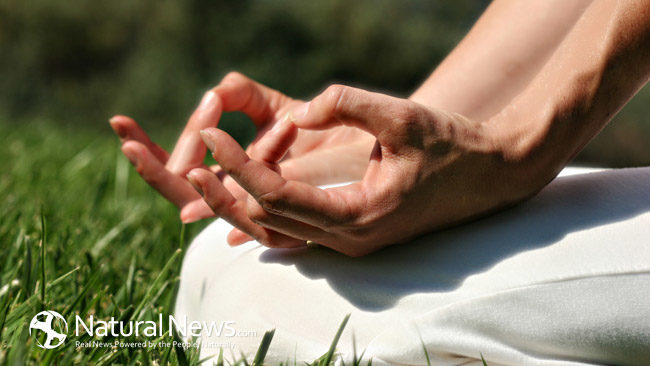If you are new to yoga you may be strained and stressed just trying to choose which class you should take and what would best suit you. Although we do encourage trying every style at least once, here is a quick guide of 6 very popular styles of yoga and a quick summary of what you should expect from each style’s yoga class and environment.
1. Hatha
Hatha means “forceful” in Sanskrit and although that might sound very scary, it isn’t that bad at all. Hatha classes most often tend to be a slow, gentle paced class that allows you to easily slip into a meditative mind set and work on furthering and deepening your stretches.
They tend to use very little vinyasa (or flow) in between the poses (asanas) and move from one stationary pose to the next. You’ll love this class if you want to relax but this class can be draining for somebody who isn’t at the point yet in which they can focus on the present moment and is frequently worried about moving on to the next sequence.
Before doing hatha you may want to contact your studio or instructor to see exactly what to expect from the class because although an easy flowing class it can have a variety or mixes and postures and you will want to see if the one at that studio is suitable for beginners.
2. Kundalini
Kundalini means “coiled” and a great metaphor to think about is uncoiling a cobra at the bottom of your spine and allowing him to reach and stretch all your limbs and chakra right to the top of your head. Kundalini is one of the oldest forms of yoga which means its also the most fun- or in the Western Hemisphere view point; the most strange.
Yogi Bhajan was the first one to put this yoga style into popular use in the 1960s. Each Kundalini class will have its own flair depending on the teacher. Some may be one with the ancient ways and others might add a modern twist or flare. Kundalini is challenging in that it will require a great amount of focus on breath as well as movement. Even though it is a challenge its great for beginners, as it helps to really get into the idea of breathing and moving quickly.
3. Bikram
Bikram yoga is named after its founder Yogi Bikram Choudhury. He took the main sequence and ideas from the hatha style of yoga. Bikram yoga is unlike Kundalini where you can expect something different every time, it is a standard 90 minute class that consists of 26 postures and 2 breathing exercises.
Bikram is designed to strengthen the entire body. It is taught in a heated room that is typically 105°F. Bikram yoga teachers can only be certified through a training by Bikram yoga. The class tends to be more on the challenging side but the heat can be very relaxing to practice in as well as that it helps you to burn more calories.
4. Moksha
Moksha means liberation. Moksha yoga is a newer style of yoga that has started in Canada. It is very similar to Bikram yoga. It is practiced in a hot room. It differs from Bikram in the fact that they encourage teachers to keep the root of the Moksha yoga the same but add their own style to it.
Meanwhile Bikram is adamant about having the same class type every time. It works around it’s 7 pillars which are seven philosophies the studios focus on.
These seven pillars are:
- be healthy
- be accessible
- live green
- sangha support
- reach out
- live to learn
- and be peace
Like bikram yoga Moksha has its own certified training. It’s great for beginners as it uses many standard poses found in all the styles of yoga and they offer a variety of skill level classes pertaining to their “be accessible” pillar.
5. Power Yoga
I’m sure you know what the word power means. Power yoga is a very Western orientated yoga experience often times referred to as “gym yoga” and has a great focus on the exercise rather than the spiritual element. Classes can be wildly different depending on who teaches it, but most of them are full of vinyasa flow.
These classes are great for fitness fanatics and people who want to join yoga but who are scared of the hippie type chanting vibe that comes with it. Be prepared for a hard work out though.
6. Ashtanga or Astanga
Ashtanga or Astanga means eight limbs in Sanskrit. This refers to the Yoga Sutras of Patanjali, an ancient Indian text that outlines the basis of all yoga in its physical, mental and spiritual nature.
Yogi K. Pattabhi Jois began the Ashtanga yoga which focused greatly on a flowing vinyasa style. He began teaching students his type of yoga and spread throughout the Western hemisphere being extremely popular today and available at almost every yoga studio.
An all Ashtanga yoga studio is called a “shala.” Ashtanga has a variety of yoga series that focus on different elements of the body and mind. Ashtanga is one of the major yoga styles that really focuses on letting you go at your own pace. It’s great for people who are into fitness and want to reach goals and be loyal to yoga.
Sources for this article include:
yoga.about.com
www.mokshayoga.ca
en.wikipedia.org
www.lululemon.com
www.yogajournal.com
yoga.about.com
yoga.about.com





